By TREVOR HOGG
By TREVOR HOGG
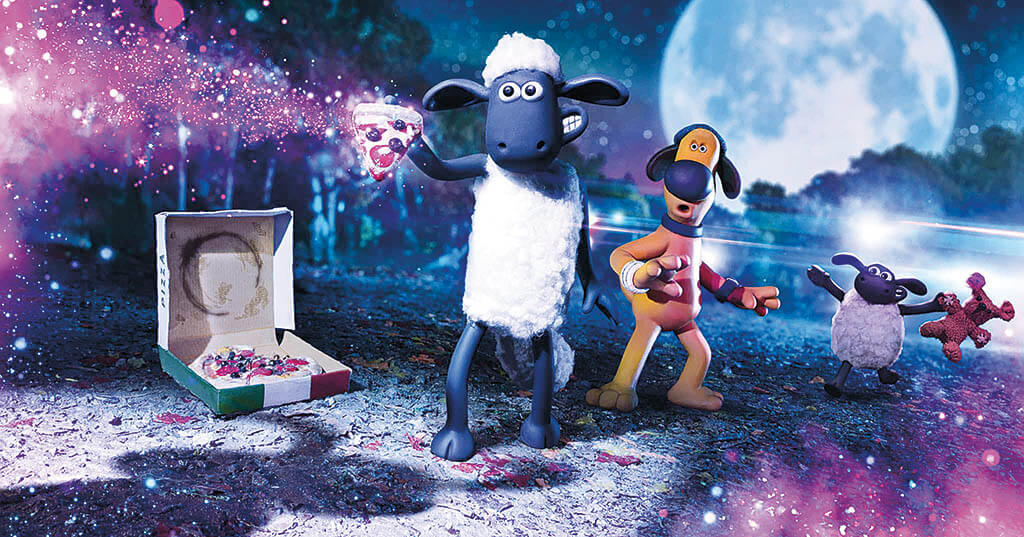
A scene from A Shaun the Sheep Movie: Farmageddon from Aardman Animations, which was originally founded as a stop-frame studio in 1972. (Image courtesy of Aardman Animations)
Being able to successfully manage an animation studio in 2022 and beyond requires foresight and the desire to be an industry leader. The landscape has been transformed by globalization, dominance of streaming services, growing demand for content, and the development of other media platforms such as virtual reality. Being flexible has enabled Oscar-winning Aardman Animations to remain relevant since being founded as a stop-motion studio in 1972, responsible for Creature Comforts and Wallace & Gromit, and creating CG features and AR projects. More recently there is Emmy-lauded Baobab Studios, which has specialized in interactive action animation since 2015 and is creating The Witchverse anthology series for Disney+ based on Baba Yaga. Veteran animator and lecturer Ken Fountain has found himself in the middle of all of this, having worked on Megamind for DreamWorks Animation, Pearl for Google Spotlight Stories and Baba Yaga for Baobab Studios, as well as doing tutorials on SplatFrog.com.
There is still value in using real and tactile material for characters and world-building, believes Sarah Cox, Executive Creative Director at Aardman Animations. “It’s less about creating assets digitally and more about the way that technology can enable handcrafted processes to be more efficient, beautiful and effective.” Technology is embraced by Lorna Probert, Head of Interactive Production at Aardman Animations, who last year released the Wallace & Gromit AR adventure The Big Fix Up. “There is some exciting technology, like virtual production and the way that we can use real-time engines for previs and creating more flexible and iterative processes.”
Another major trend pointed out by Cox is the push for photorealism. “The distinction between live action and animation, what is real and what’s not real, is continually going to be blurred as we use live-action information in animation.” The filmmaking process is not entirely different. “Stop-frame is effectively like a live-action asset because it’s shot in-camera, and then you’re using those assets to mix with other bits of animation,” observes Cox. “What we did with our last Christmas special was shoot all of the effects in-camera. The snow was made out of puffs of wool, but then composited together in the most technically proficient, up-to-date way.”
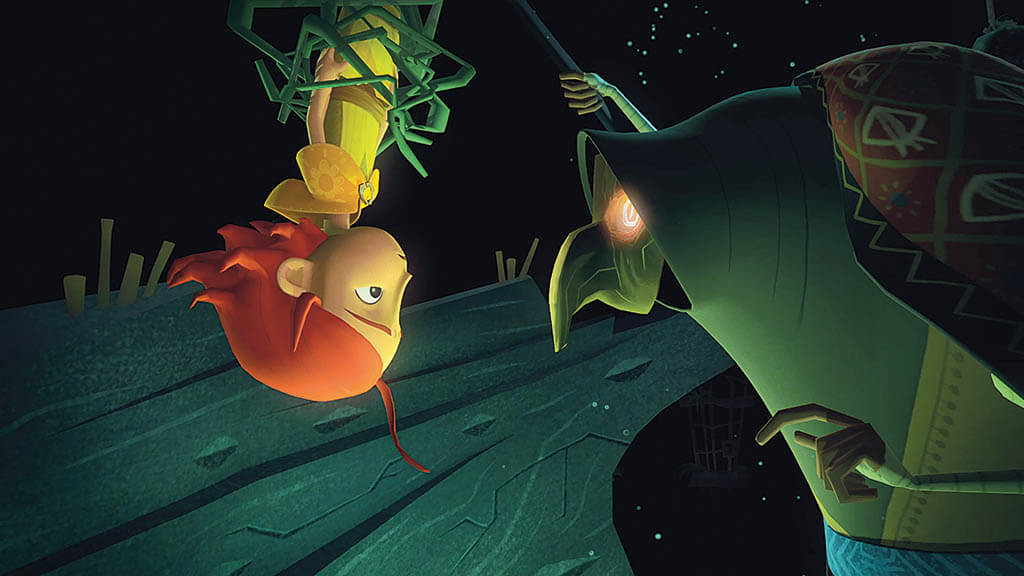
Baba Yaga won the Daytime Emmy for Interactive Media and resulted in Disney+ partnering with Baobab Studios to create a Witchverse series for the streaming service. (Image courtesy of Baobab Studios)
Virtual reality has yet to become mainstream, partly hampered by being perceived strictly as a marketing tool. “You are still wearing what is not a comfortable thing on your face,” states Probert. “Until your interface with the content becomes more natural and comfortable, that suspension of reality is always going to be broken.” The communal aspect is presently missing. “A lot of our content design is for family viewing, so that whole being in your own space is quite contrary to what we do,” notes Cox. “It quadruples the production time [because various viewer narrative decisions have to be accounted for], and the other challenge is most of our work is comedy. If there is user interaction, you can’t time the gags in quite the same way.” It is important to recognize that each medium cannot be treated in the same way. “It’s creating content that plays to the strength of the format, and we’re doing lots of exploration,” remarks Probert. “The fact that you can, for the first time, be in one of our sets, be able to build and move things and explore the detail in VR is exciting. It’s exciting to be in the barn with Shaun the Sheep and see him reacting to you – that’s an interesting thing for us to play with.”
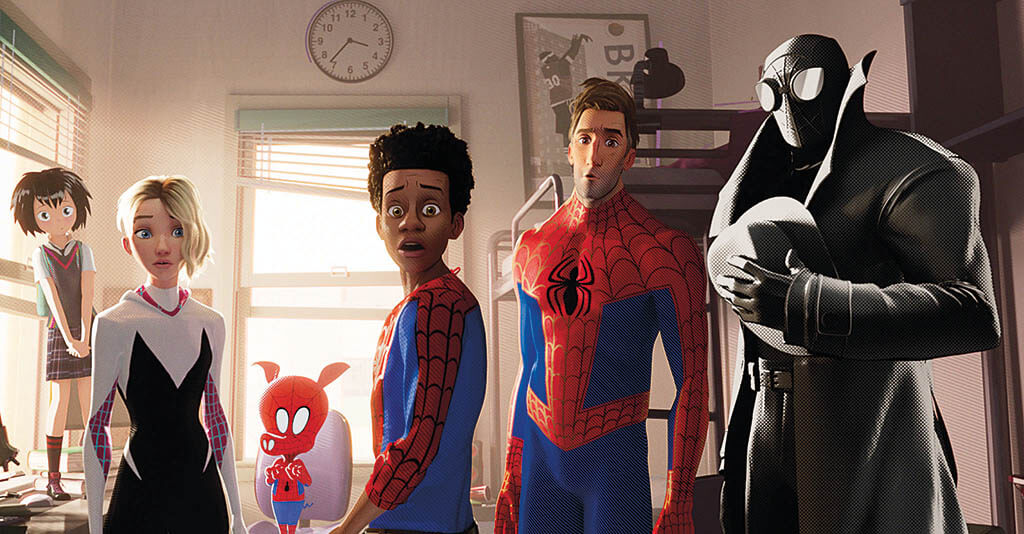
Veteran animator and lecturer Ken Fountain finds it to be exciting that the demand for animation content is allowing for experimentation such as Spider-Man: Into the Spider-Verse. (Image courtesy of Sony Pictures Entertainment and Marvel)
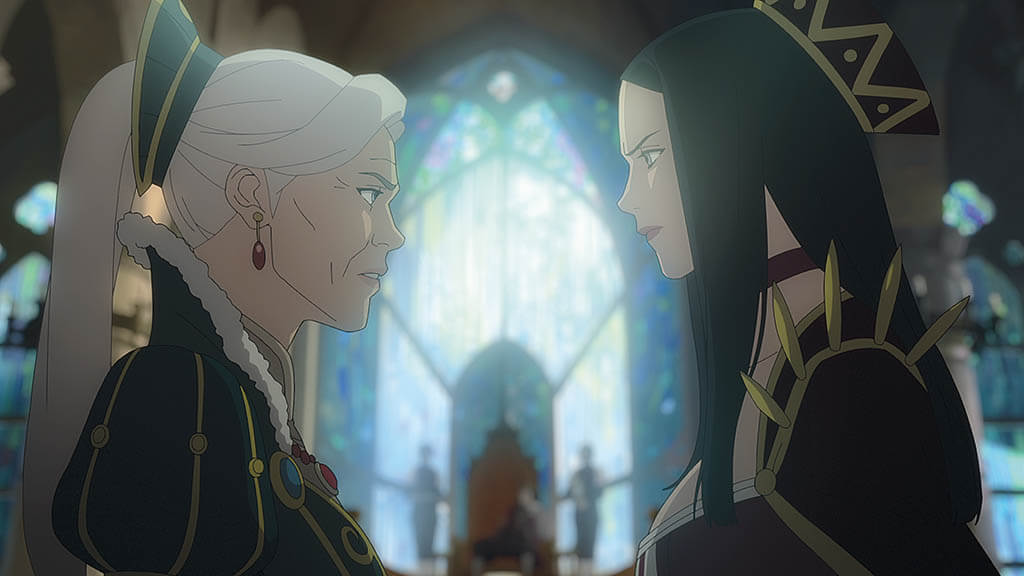
Netflix decided to bridge the gap between Season 1 and 2 of the live-action The Witcher by releasing an anime prequel Nightmare of the Wolf. (Image courtesy of Netflix)
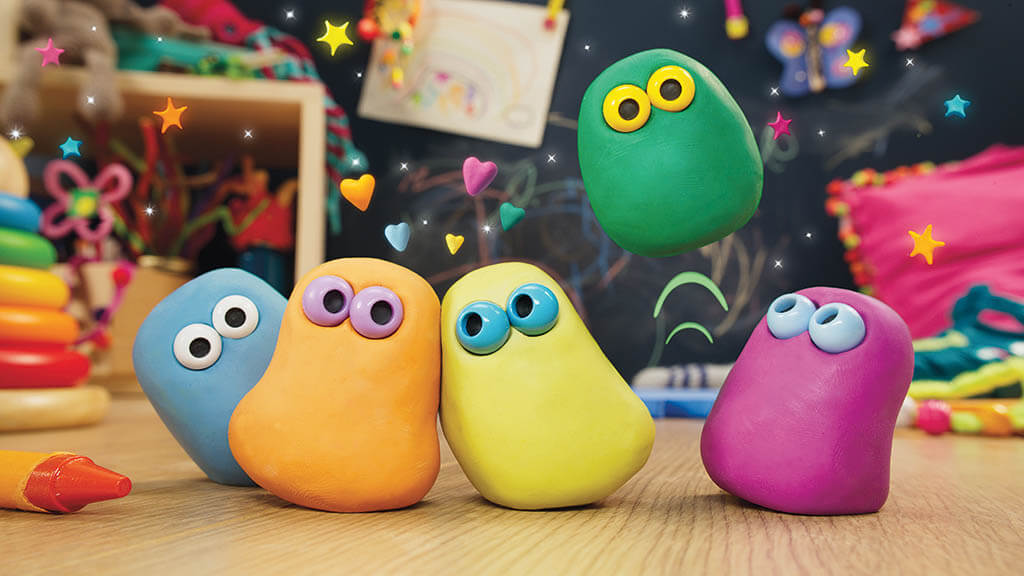
The Very Small Creatures is a pre-school series produced by Aardman Animations for Sky Kids. (Image courtesy of Aardman Animations and Sky Kids)
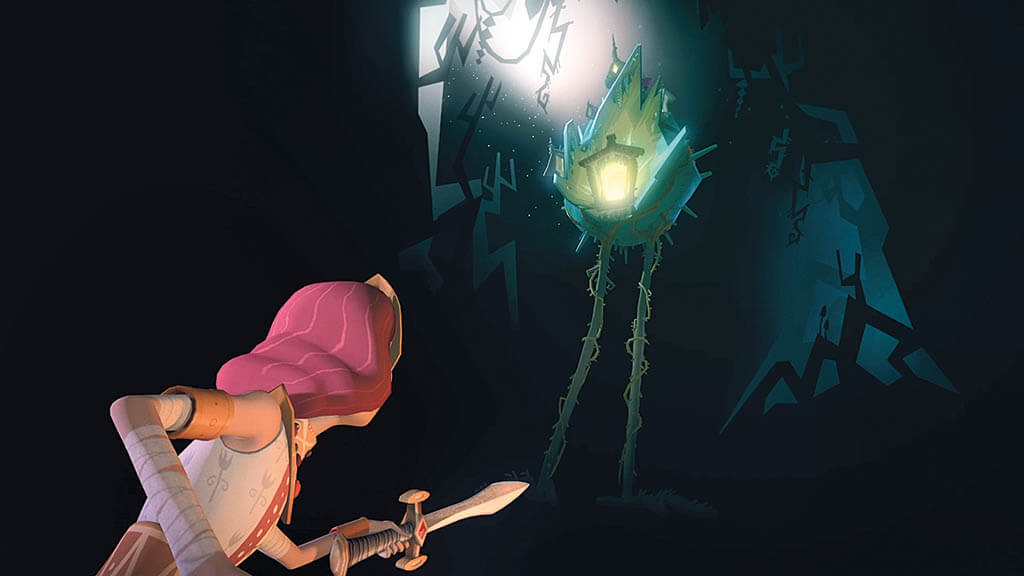
The mandate for Baobab Studios is to make viewers feel that they are an essential part of the storytelling. (Image courtesy of Baobab Studios)
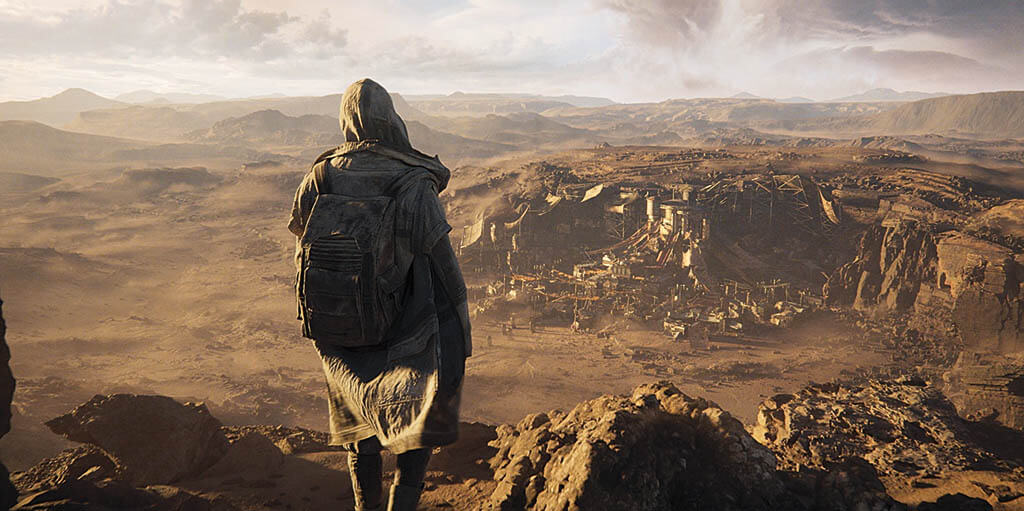
Animation is no longer just for families as illustrated by the adult-oriented anthology Love, Death + Robots. (Image courtesy of Netflix)
When co-founding Baobab Studios CEO Maureen Fan combined her video game experience with the filmmaking expertise of CCO Eric Darnell and technical leadership of CTO Larry Cutler. “The reason why something is a success isn’t because it’s stop-motion versus traditional animation. It is how good the story and characters are. The style is in support of that story. For Crow: The Legend and Baba Yaga, we created both for VR and 2D. Namoo was created within the VR tool Oculus Quill, where you are literally painting 360, but the project was meant to be a 2D output. The animation is different because the director is different. We brought in Erick Oh, and it’s more like stop-motion because in Quill there is no frame interpolation and rigging. Every single project that we’ve done has had completely different methods and tools, which is fun.” The mandate driving everything is making sure that the user feels like a protagonist. “Certain parts of Baba Yaga and Bonfire were straight animation, but our animators also built in a bunch of cycles that we fed into the AI engine. We built a character-emotive AI system similar to games, so whatever the audience did, the story would change and reorder itself, and the characters would do different things.”
“There is a real-time revolution that is going to come, but not everybody has embraced it yet,” remarks Fan. “Even when the big studios adopt real-time, unless you’re having the product completely change where it’s interactive, you would still animate the same way. I don’t think that animators need to change any time soon. But if you’re interested in doing interactive animation, your skillset needs to be embracing the real-time aspect.”
The visual language for VR is still being developed. “The fun thing about VR is no one knows what they’re doing! You don’t need a lot of previous experience. It is finding the best animator and rigger, and find one who has a flexibility to try different things and not always have to do things the way they did previously.” Globalization of the industry has not only had an impact on the workforce. “You will notice that all of our projects have specifically cast minorities and women,” adds Fan. “That’s because I’m a female minority and feel like if I don’t do it, who will? Crow: The Legend was inspired by a Native American legend, and it was one of the first indigenous-themed stories in animation. Instead of a hero’s journey, they’re much more about the community. Baba Yaga is based on a character well-known in Eastern European literature. I’m excited about the different types of stories that we can tell with globalization.”
Previously an animation supervisor at Baobab Studios and currently working as Animation Supervisor for DNEG Animation, Ken Fountain points out that VR is rooted in an artform that predates cinema, which is theatre. “If you’re talking about going into the AR/VR space, the filmmaking language is totally changing because you can’t rely on an editor anymore,” observes Fountain. “The editor is the one standing with the headset and making the choices of where to look. The way that you build a story and performance, and attract the eye and create compositions, is based around theatrical approaches rather than cinematic ones. You have to be procedural and theatrical.” As much as it is exciting for a user to be able to choose their own narrative, there is also respect for boundaries.
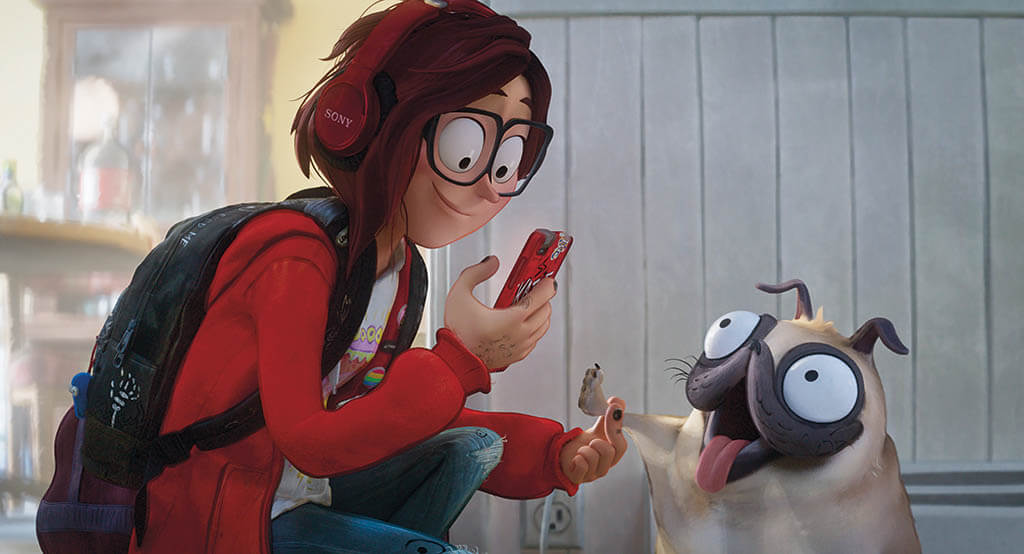
Netflix paid over $100 million to purchase the rights to The Mitchells vs. the Machines. (Image courtesy of Netflix)
“Ultimately, it’s up to whoever is creating the experience to decide if they’re giving the user room to do literally whatever they want. Personally, I like the engineered outcomes,” adds Fountain, as parameters have a positive impact on the creative process. “You make your best work when you have limitations, and that translates into writing stories for this open universe. Unless you give people a box, the outcome is not going to be as good.”
With the growing reliance on AI and machine learning, could there come a time where animation is literally created in real-time? “That seems so far away,” remarks Fountain. “The first wall to get over for AI is it being able to create empathy in animation.” Animators are not going to be replaced any time soon by machines, but the required skillset has changed somewhat, according to Fountain. “Because there’s so much demand for content as an artist, you have to be able to do so many more different things stylistically, which wasn’t always the case. Also, because there are so many start-up companies, your technical generalist knowledge is way more valuable now.” Streaming has provided a platform for projects that are not strictly family entertainment. “Streaming has eclipsed everything right now,” states Fountain. “The Netflix release of Arcane is another bit of proof that people are craving adult-based animation, because the production value of that series is amazing. The Disney-Pixar model has had too much of a grip for too long.”
Different animation styles and techniques are being melded together. Comments Fountain, “Even in VR, we used 2D-animated effects in our engine at Baobab Studios. It’s the same thing that Arcane is doing by combining CG animation, 2D effects and rough 2D-composited motion graphics. Something like Love, Death + Robots has so many new techniques and combinations of things that are sometimes hit and miss. I am so glad that people are shooting for those things because it’s making the artform better.”
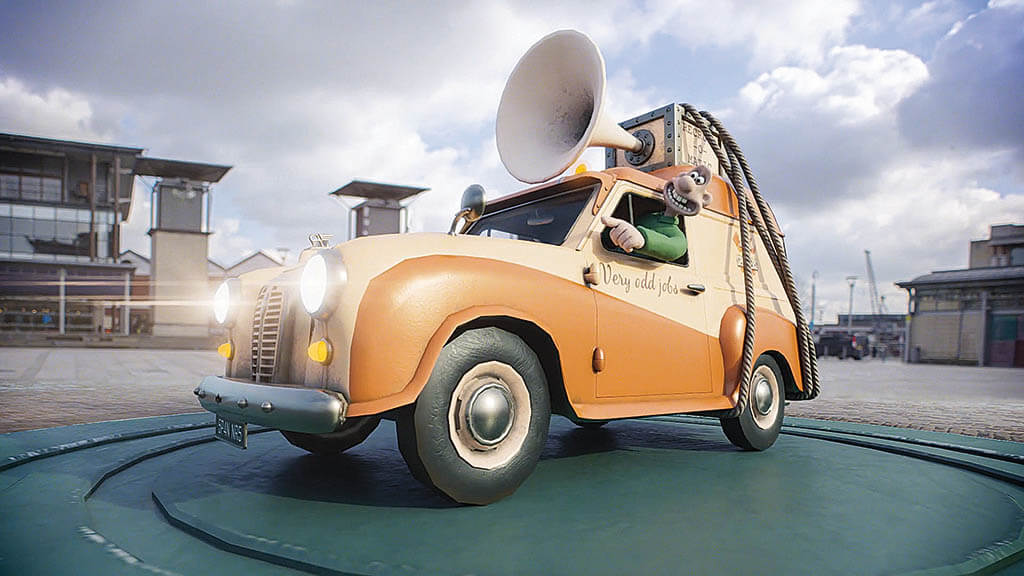
The Big Fix Up is an augmented and mixed reality adventure starring Wallace and Gromit. (Image courtesy of Aardman Animations and Fictioneers Ltd.)

The animation style of Namoo was dictated by Korean filmmaker Erick Oh and the story he wanted to tell. (Image courtesy of Baobab Studios)